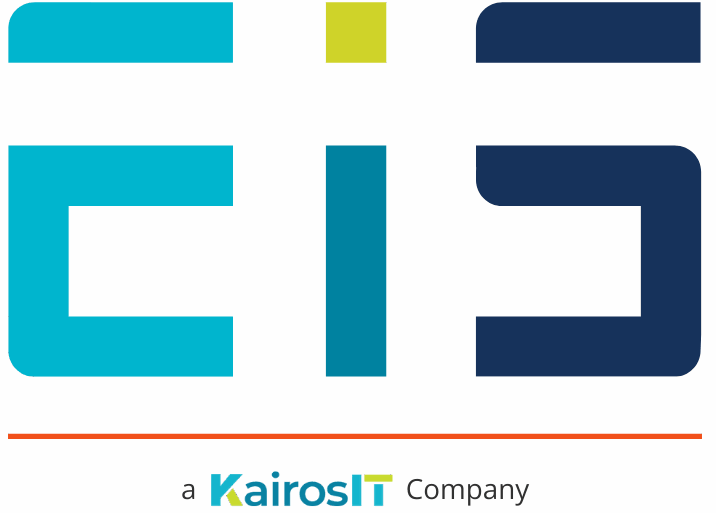
The list of companies that have fallen victim to data breaches reads like a “who’s who” of the giant enterprise business community. General Electric. T-Mobile. Yahoo. LinkedIn. Adobe. Heck, even Microsoft has been hit with a breach that affected hundreds of thousands of users. But don’t think for one minute that cybercriminals are only after the big players. Just consider the following statistics:
- 82% of ransomware attacks in 2021 were aimed at companies with less than 1,000 employees
- Over 60% of small- and medium-sized businesses were the target of a cyberattack last year
- Staff of small businesses experiences 350% more social engineering attacks than their large enterprise employee counterparts
- 46% of breaches impact organizations with fewer than 1,000 employees
Scary stuff. Fortunately, there is a surefire and easy way to protect your organization from becoming a cybersecurity statistic.
The Leading Cybersecurity Solution
The days of having IT support provided ad-hoc by reception or accounting, or whoever happens to be the most tech-savvy employee on staff, are well behind us. Today, IT plays a much broader, more strategic and more important role within organizations – and requires the right expertise to keep organizations safe, compliant and efficient.
Working with a professional managed services provider (MSP) is your first step in protecting your business and data from a whole host of cybersecurity threats. An MSP can help with everything from setting up your network to resolving technical issues. And because they’re experts in their field, they can do it faster and more efficiently than you could on your own using internal resources.
Here are some of the best practices that the right MSP will bring to the table.
A Layered Security Approach
MSPs know that there’s no such thing as a one-size-fits-all security solution. The best way to protect an organization is to use a layered approach, with each layer providing a different level of defense.
The first layer is typically a firewall, which helps to block incoming threats. The second layer is usually an anti-virus program, which scans files for malware and quarantines anything that looks suspicious. The third layer is typically an intrusion detection system, which monitors network traffic for signs of unusual activity.
By using all three layers, MSPs can provide their clients with comprehensive protection against the most common security threats. And if one layer fails, the other two can still provide a substantial level of defense.
IT security concerns keeping you awake at night? Schedule your no-obligation consultation today.
Business Continuity and Disaster Planning
One of the most effective tools in an MSP’s arsenal is business continuity and disaster planning. By creating a detailed plan for how to respond to a security breach or other emergency, cybersecurity providers can help their clients minimize the damage and ensure that their operations avoid that dreaded downtime by quickly getting back on track. In addition, business continuity and disaster planning can also help MSPs identify potential vulnerabilities in their clients’ systems and put measures in place to prevent them from being exploited.
Risk Mitigation in a Work-from-Home World
Cybersecurity providers have long been in the business of risk mitigation, and the COVID-19 pandemic has only heightened the need for these risk mitigation services. As many organizations have permanently adopted the work-from-home environment that the pandemic fast-tracked, organizations are facing a whole new set of cyberthreats. MSPs can help to mitigate these risks with a comprehensive approach that includes data backup and recovery, and endpoint security.
Cybersecurity User Awareness Training
By teaching staff about cybersecurity threats and how to avoid them, MSPs can help reduce the likelihood of a successful attack. MSPs also help to educate users about the importance of reporting suspicious activity as well as strategies for identifying said suspicious activity. MSPs can provide guidance on best practices for security, such as keeping software up to date and using strong passwords. Ensuring that employees are aware of the potential risks and know how to protect themselves can go a long way toward increasing organizational cybersecurity protection.
In the market for IT support? We have you covered with our IT Services Buyer’s Guide.
Cybersecurity Solutions That Go Beyond Anti-Virus
Not to say that anti-virus isn’t important, because it is. But it is merely the tiny tip of the enormous iceberg that is IT support and services. For more than two decades, EIS has been serving small- and medium-sized businesses and nonprofit organizations and giving them access to enterprise-level solutions and services which make them productive, efficient and data breach-free. Let’s connect today and discuss your organizational IT needs.
